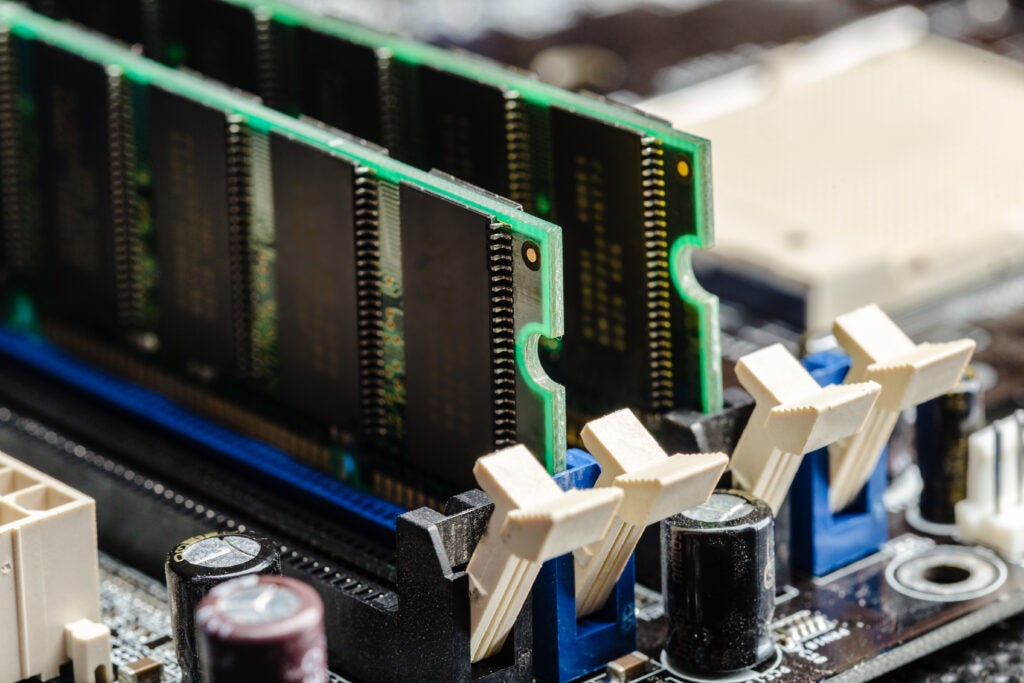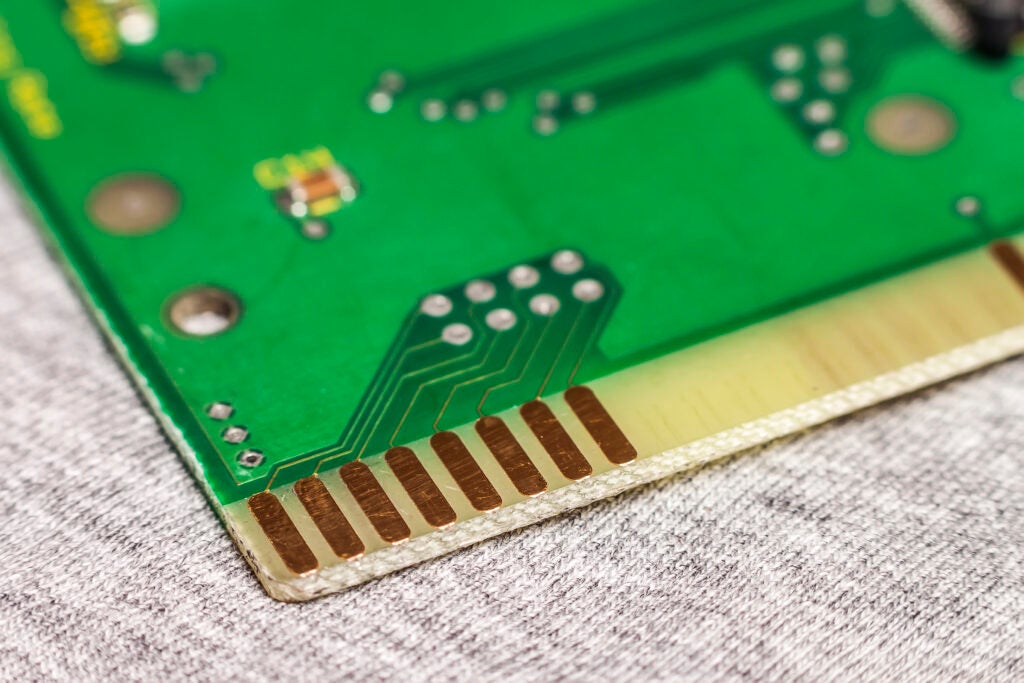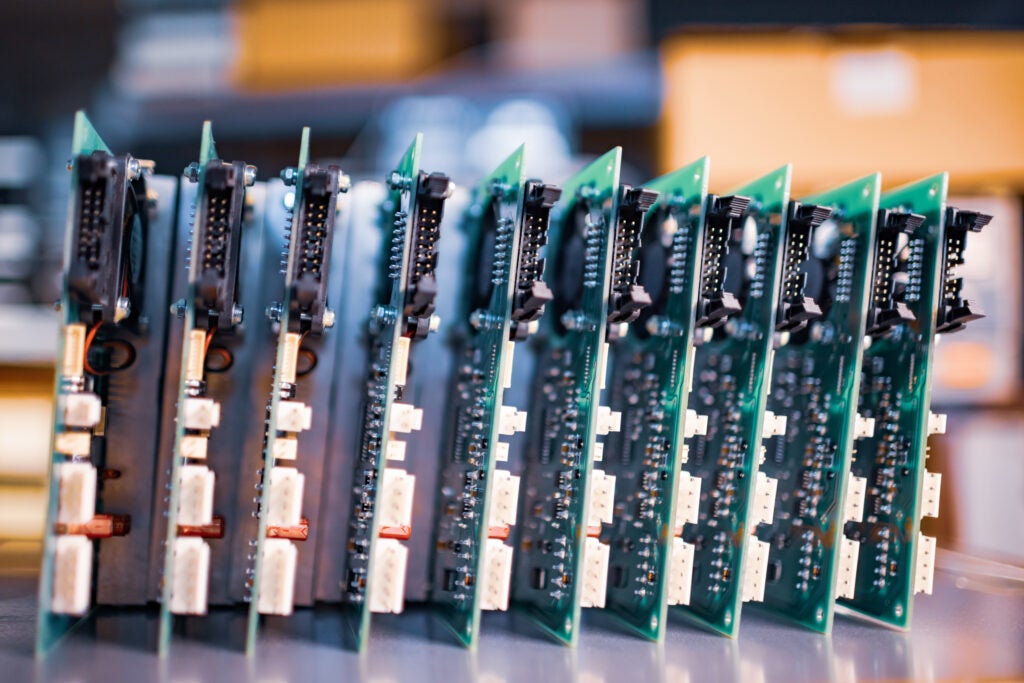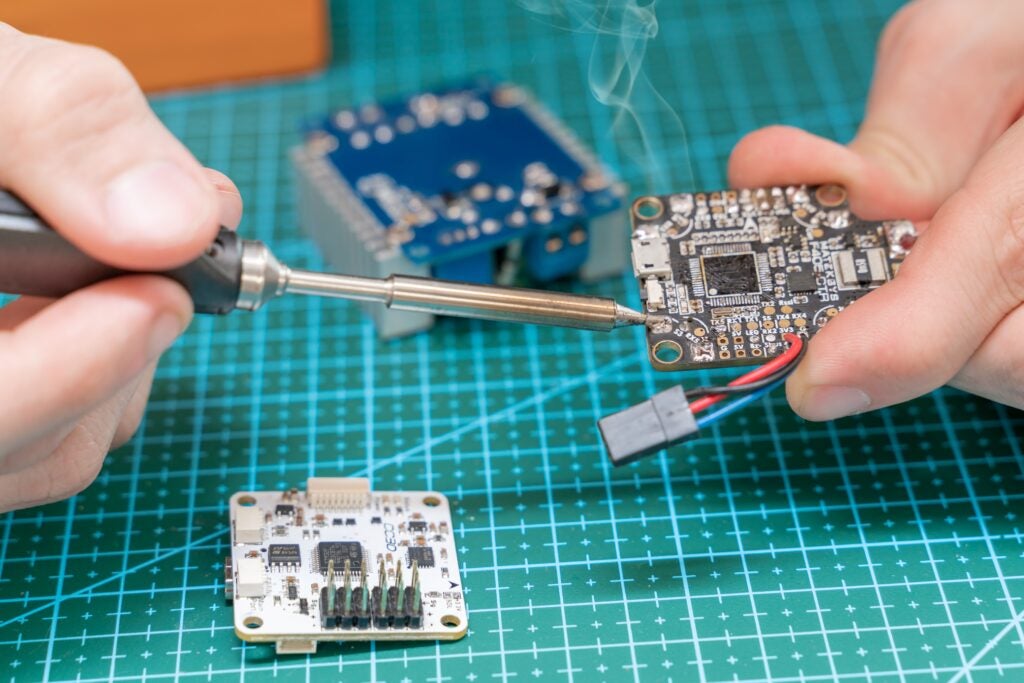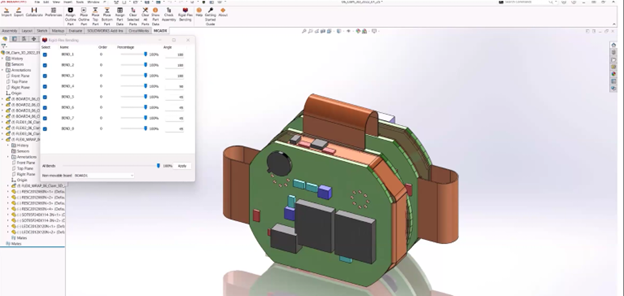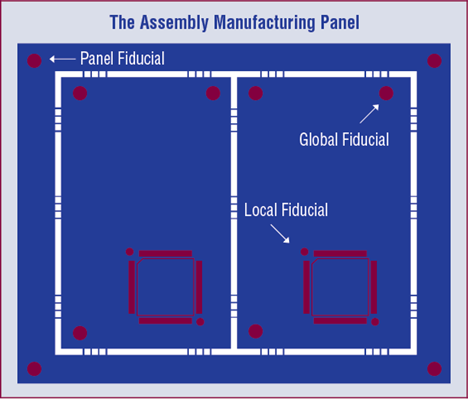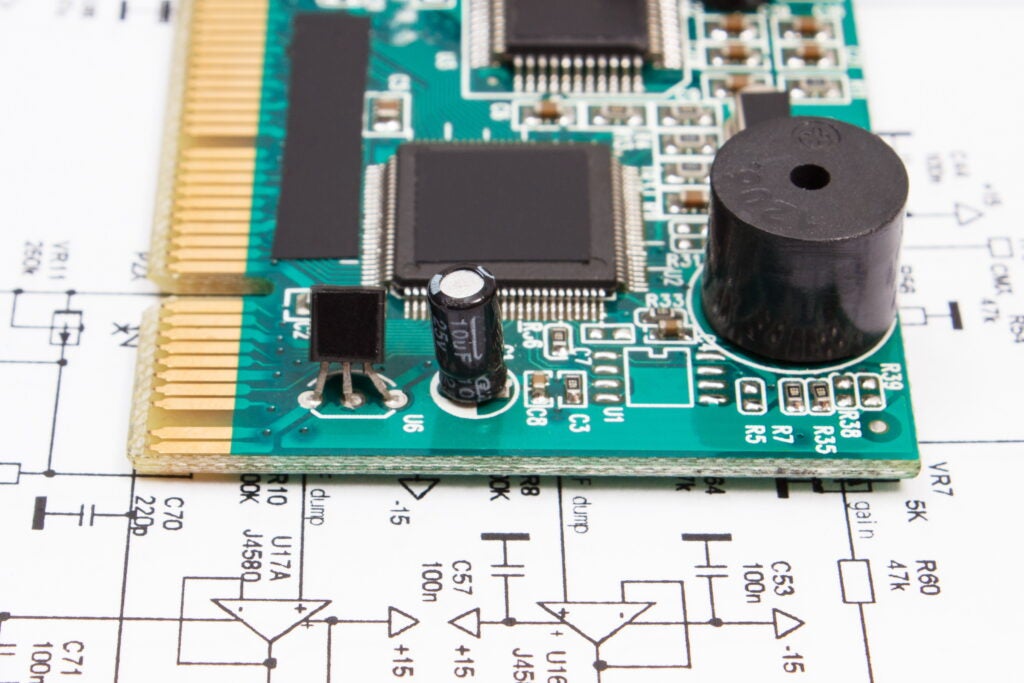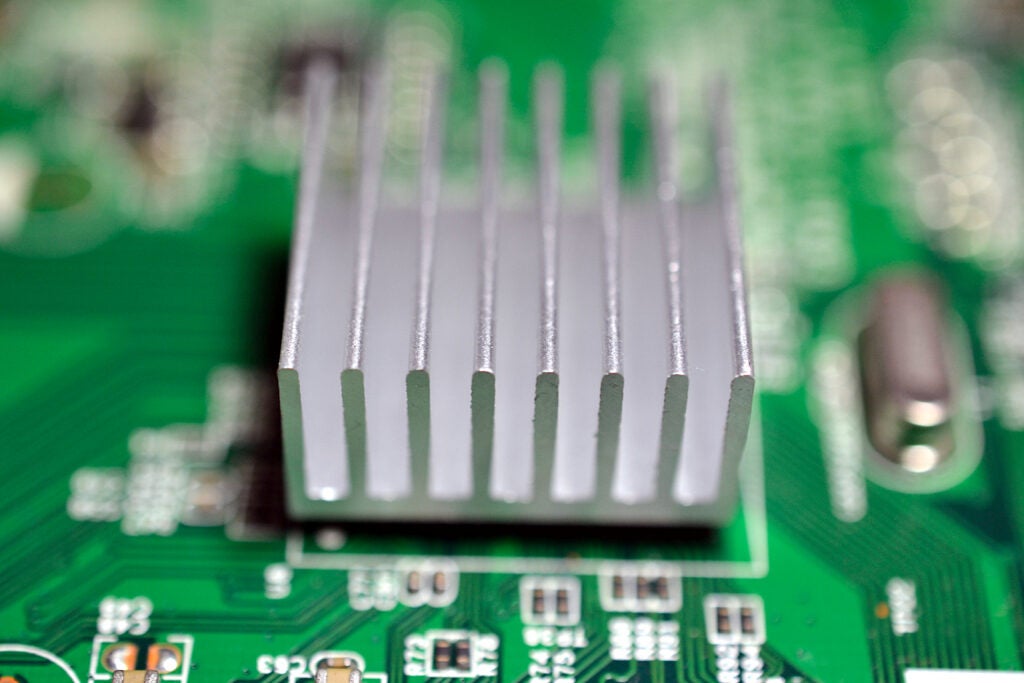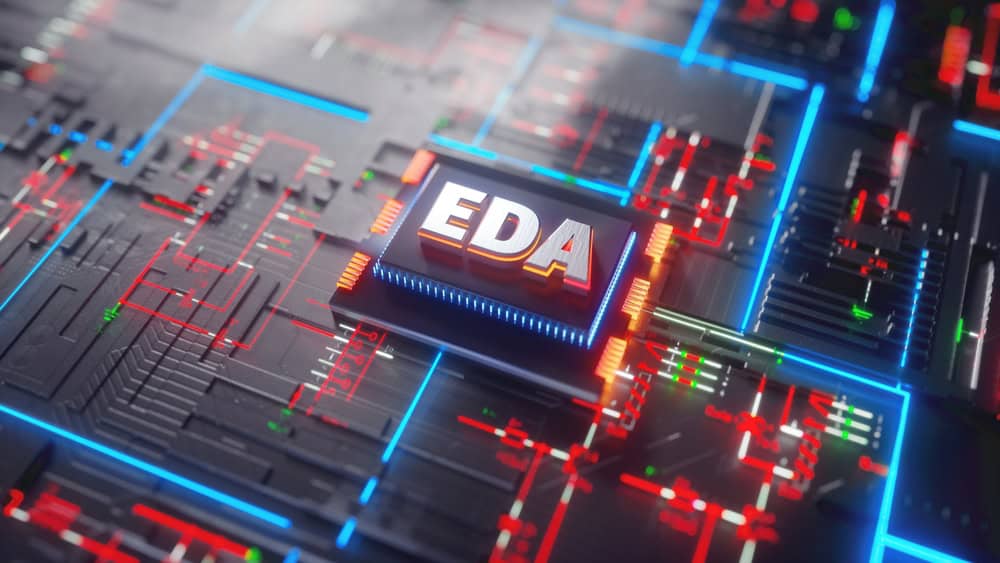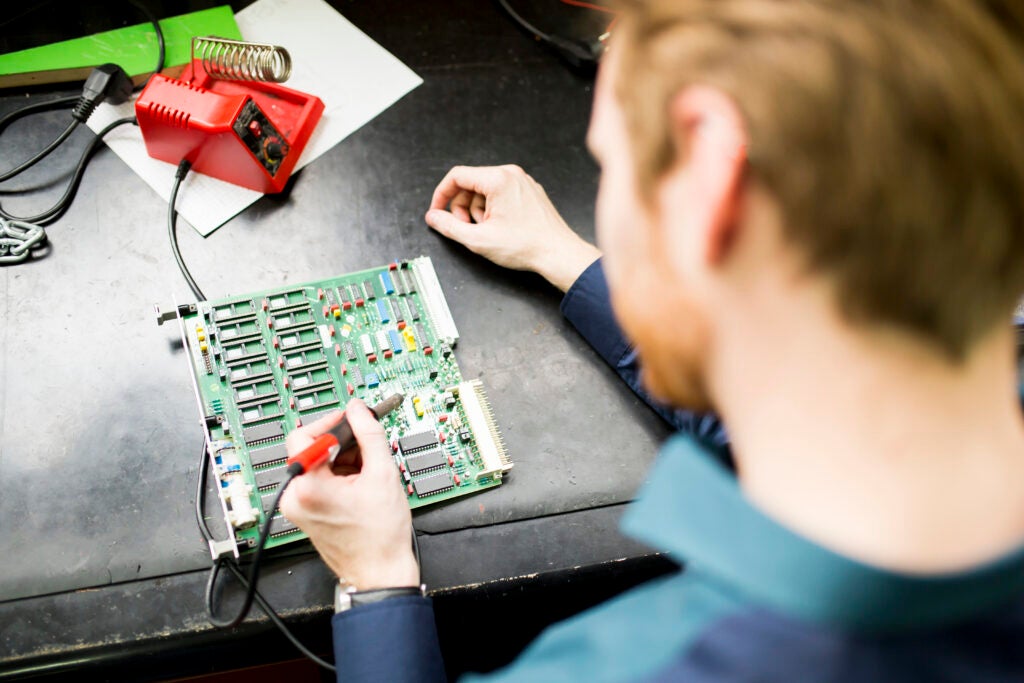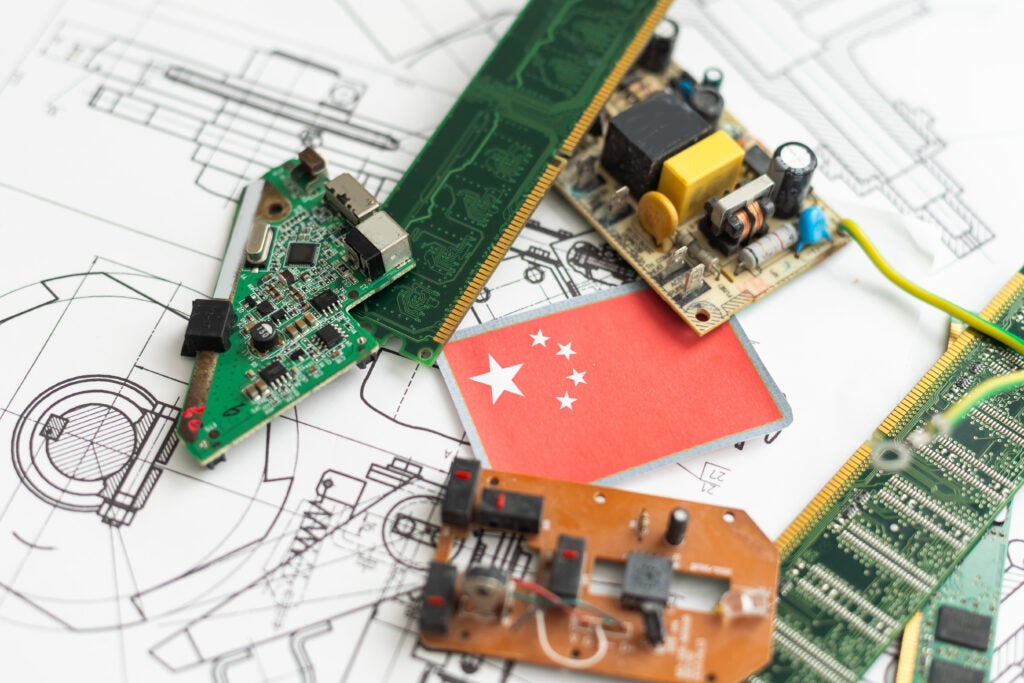There is more to board design than placing parts and connecting the signals electrically. Those who design the board can make a huge impact on the ease of fabrication and assembly just by adhering to standard (best) practices as they work. Knowledge and use of these practices, whether IPC or company standards, enables you to balance the needs of each stakeholder with pricing while also increasing manufacturability and reducing problems that may be created during the manufacturing process.
Throughout her 40-year-career, Senior PCB designer, Susy Webb, has gained a deep understanding of Design For Manufacturing (DFM) principles and how implementing a few key practices can produce a stronger board in less time. Read on to see why she believes DFM is an important topic to discuss and to learn more about her upcoming webinar workshop with PCB2DAY, Best DFM Practices for Board Engineers.
Tell us about yourself and your career.
I was brought into the field by a friend who needed help with her workload. She worked from home and so I was able to do that too for many years. That was over 40 years ago, and I’ve never looked back. Back then, you really did not need to understand the electronics as the circuits were slow and SI and EMI were not really an issue. But, as time progressed, I felt I needed more electrical engineering knowledge, so I went to PCB design conferences and meetings, and I read all the books I could get my hands on.
Eventually I wanted to share what I had learned with other designers, so I began making my own presentations and continuing to learn at the same time. The PCB design field has changed so much over the years, that one must read and attend conferences to keep up with the changes.
You are going to be speaking in an upcoming webinar about best DFM practices for board engineers, can you explain why this topic is important to discuss?
Good DFM practices affect everything from the producibility of a board to the price the company will be charged for it. As board engineers, we work with the needs of the circuit design engineers, the part manufacturers, the librarian, the fabricators, assemblers, test people, and even the end users of the product. We need to understand and incorporate all those needs into our designs to get a board that works for all of them at a reasonable price in production volumes.
There will be times when one kind of priority must outweigh another, as they are in conflict, and design engineers need to have the knowledge to make the best decision possible, and the ramifications of their decisions. The class is structured to be a beginning of understanding what is needed by the fabricator and assembler.
What are some common challenges in DFM that engineers should be aware of?
Some common challenges are understanding what is manufacturable (just designing something and “throwing it over the wall” to fab and assembly is never a good idea), that a high cost can be incurred by random design or ignoring the rules, and providing good documentation so everyone understands what is wanted by the information on the design is essential.
Can you give us a little preview of what you will be discussing during the webinar?
- Understanding best practices
- Component mounting and connection issues
- Creating manufacturable parts
- Placement and routing issues that affect DFM
- Materials and stackups
- General DFM and DFT issues
Are there additional resources, other than the webinar, that you can recommend for engineers on the subject?
There are many resources available. The IPC Standards are an excellent place to start as they are written by authorities in the business that know what works and what does not. They are often referenced on the fab and assembly drawings, and they help with communication between the designer and the people who will produce the board. Additionally, there are many articles or classes available that will give the designer a perspective in general or on a single topic.
Why do you believe engineers should care about this topic?
There are times when you will hear a manufacturing person decry the input they were given on a project. The notes did not make sense, the stackup would not work, the pad size was not manufacturable, or the impedance was impossible. When those kinds of things happen, it takes more time and effort for the manufacturing personnel, and so they must charge more for the project.
It may also affect their ability to produce the board in large quantities as there will be a lot of scrap trying to make the impossible, possible. So, design engineers need to communicate with the manufacturers and understand their needs. They should go to fab and assembly houses, tour, ask questions, and get to know people there they can call when they have a question.
What do you believe will be the impact from this for the future of engineering?
I hope the people who design boards will work hard to have the best possible relationships with the people they work with in all the disciplines. If they give a little effort to understanding why people need what they need, it will go a long way to getting a better product, in a faster period of time, and at a better price.
If you would like to learn more about the best DFM practices for board engineers, join Susy on February 22, 2022 for a special half-day workshop. Register for Best DFM Practices for Board Engineers now!
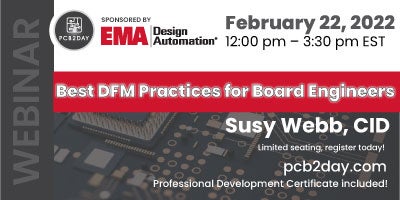
About the presenter:
Susy Webb, CID, is a senior PCB designer with 40 years of experience. Her career includes experience in coastal and oceanographic oil exploration and monitoring equipment, point-to-point microwave network systems, and CPCI and ATX computer motherboards. Webb is a regular speaker at the PCB East and PCB West design conferences, as well as international design conferences, and consults for individual companies and PCEA chapters.
